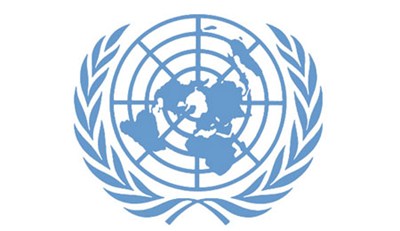Last week, on Wednesday, a tornado struck in Mississippi, killing 10 people and destroying or damaging hundreds of homes. It struck at night. While watching live coverage on MSNBC, at a news conference held just hours after the tornado in Mississippi, I heard Kenny Holbrook, Fire Chief in Holly Springs, said this, in response to a question about the biggest problem police and fire staff faced during and after the tornado:
The biggest problem we had was spontaneous responders – if you can use that word, spontaneous responders. They just came. And understand that, you know, in an emergency situation like this, everyone wants to help, but this morning, like I say, as of last night, people that were not a member of the law enforcement, EMS, or fire community, we withheld sending them out doing the emergency work. Now that that is finished, we can utilize a lot of this help in the private sector. We can’t assume the responsibility. We don’t know what training people have. So that’s been the probably the hardest part of managing: hundreds of people that you have never met until that moment.
What Mr. Holbrook is saying is that spontaneous volunteers – people that neither he nor other emergency responders knew, people had no affiliation with any official government agency – showed up at and called police stations and fire stations in the minutes and hours following the tornadoes, wanting to help, in overwhelming numbers, which meant an enormous amount of time had to be spent explaining to those volunteers why they could NOT be involved yet, why they would have to wait hours, even days, to get to be involved – and even then, they might not be able to be involved ever.
It’s a fascinating problem to have: during and after a crisis, there is a deluge of people wanting to help. It may not really sound like a problem, but it is: dealing with these people can take trained people away from actually responding to disaster, as illustrated above. People who have experienced a disaster are especially vulnerable, and need people interacting with them that are trained in disaster response and have been properly screened. Spontaneous volunteers, with no training, can actually cause MORE problems after a disaster than they help: engaging in inappropriate or unsafe activities, providing inaccurate information to survivors and the press, exploiting victims, stealing from damaged or abandoned homes or vehicles, and more.
If your organization responds to disasters in some way, consider recruiting and training volunteers who, after a disaster, will do nothing but deal with people that want to volunteer or donate items in the hours immediately after a disaster. There are people (like me!) who would be happy to go through training NOW in order to be at, say, a fire station within minutes of a crisis and have one job: dealing with any individuals or groups who call or drop by and say, “We’re ready to volunteer!” or “We’ve got a truck load of clothes for the survivors!” Those volunteers can capture names, phone numbers, and services or items offered, can explain why the individual or groups should NOT come to the area at that time, and can explain where to find updated information online (a web site, a Twitter account, etc.) specifically for volunteers and in-kind donations. Also, I’ve blogged about the many things spontaneous online volunteers can do after disasters – not just nice things for online volunteers to do, but critical services that might not be able to be done otherwise.
Fire stations, police stations, animal shelters, schools, other agencies that deal with disasters: plan now for how you are going to deal with spontaneous volunteers! These FREE resources from a variety of agencies can help:
Managing Spontaneous Volunteers in Times of Disaster: The Synergy of Structure and Good Intentions – a free online publication from the Federal Emergency Management Agency (FEMA).
Preventing a Disaster within the Disaster – Effective Use & Management of Unaffiliated Volunteers – manual from a training for National Service participants and program directors by the Corporation for National and Community Service and the Points of Light Foundation & Volunteer Center National Network.
Guide to Managing Spontaneous Unaffiliated Volunteers – from the Western Massachusetts Medical Reserve Corps, for its local affiliates.
Spontaneous Volunteer Management Resource Kit – from the Australian Government Department of Social Services.






